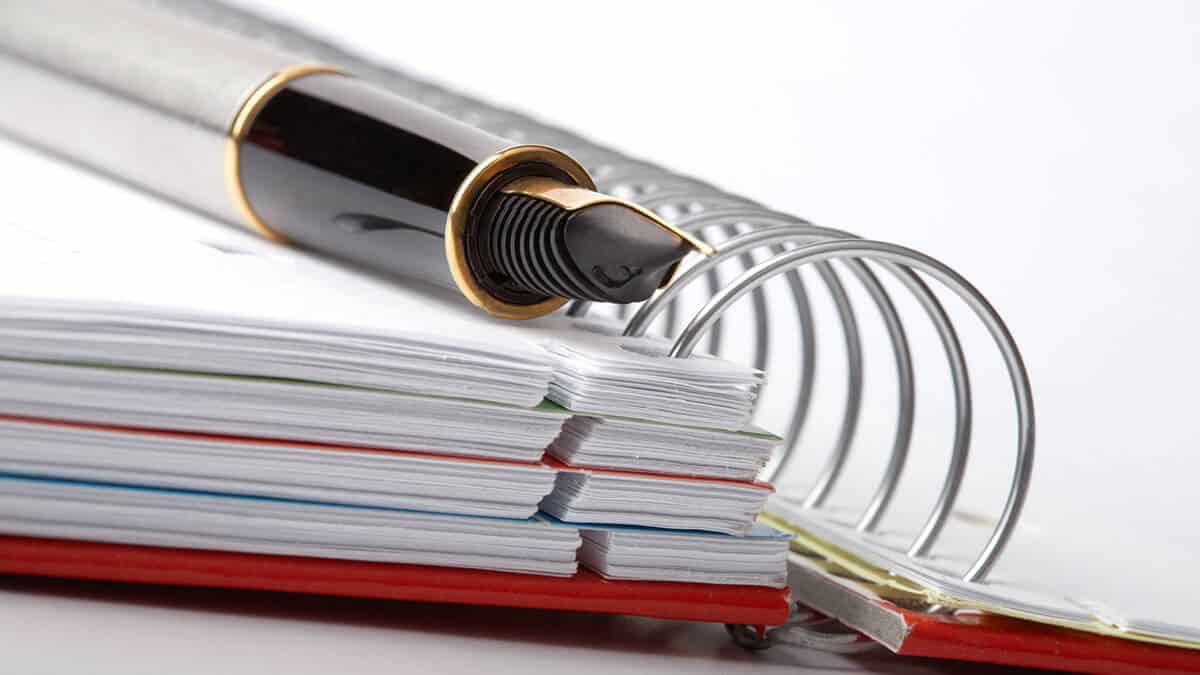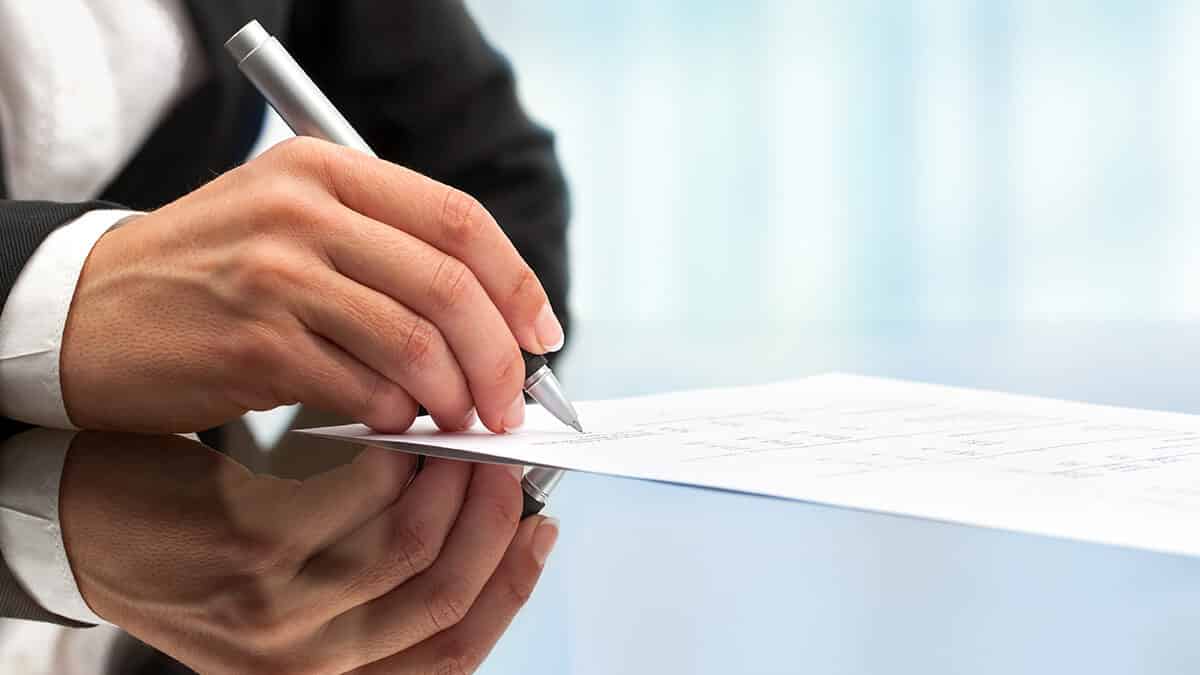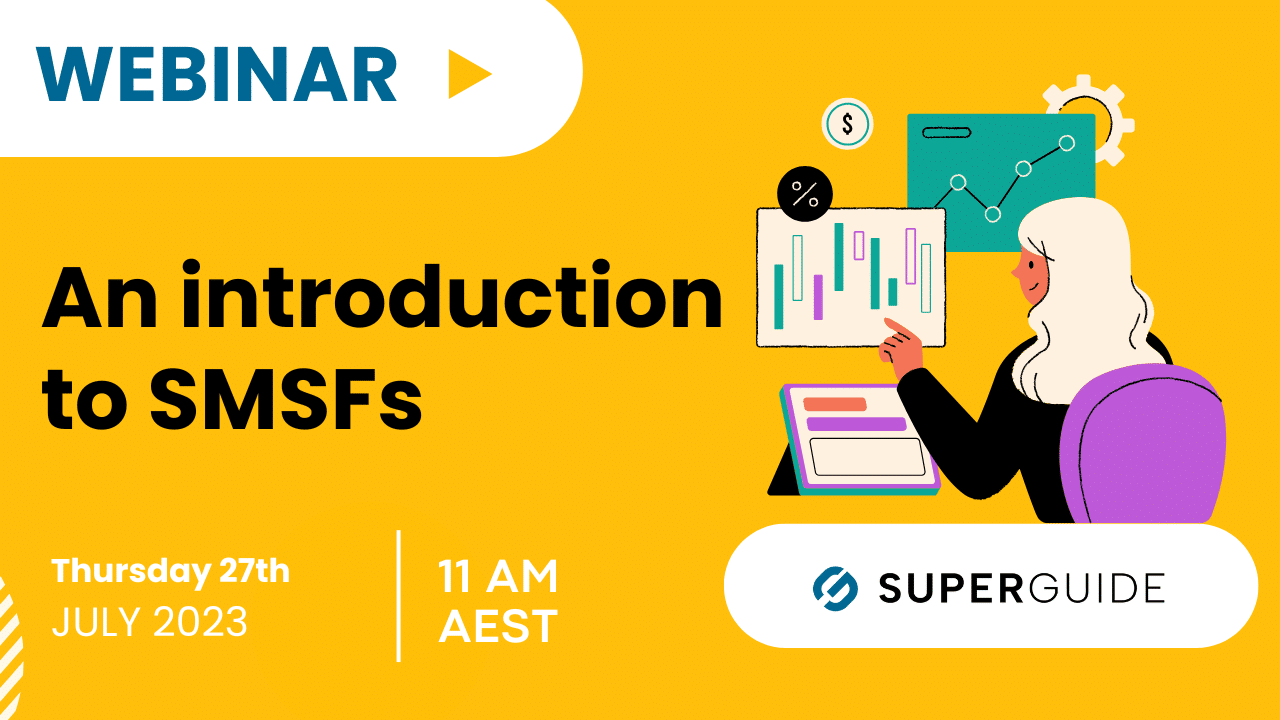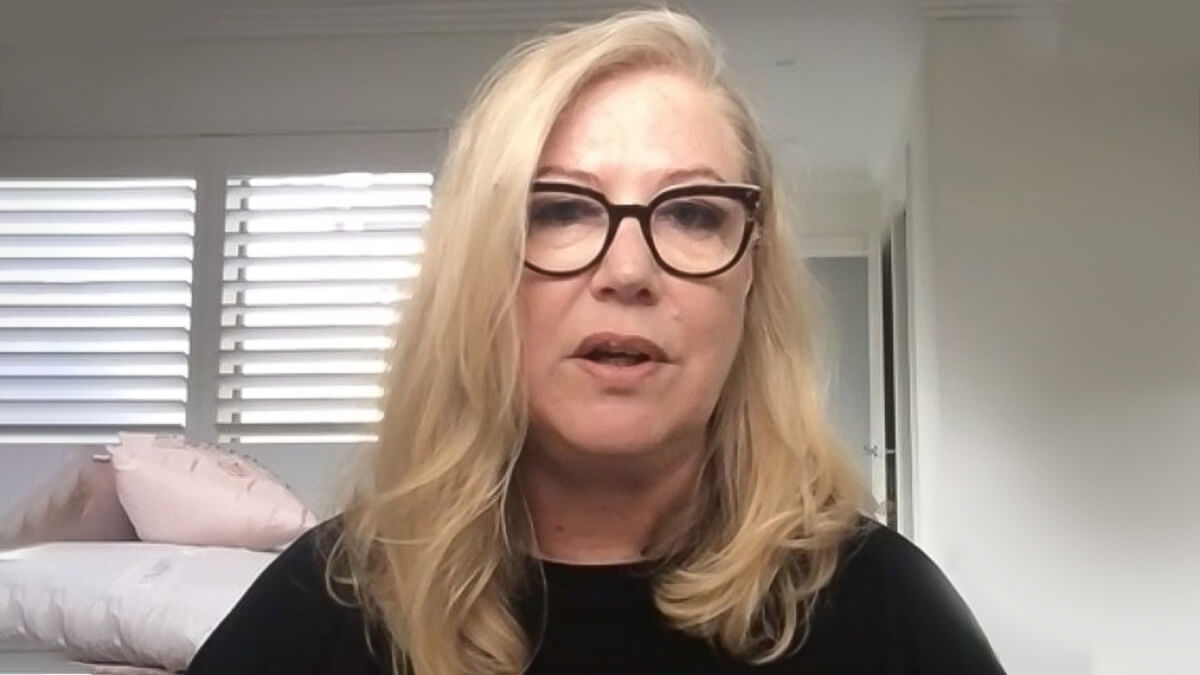So you’ve decided to join more than one million Aussies with a self-managed super fund (SMSF). Congratulations!
Having your own SMSF can be a personally and financially rewarding experience, provided you’re sure DIY is right for you and your fund is set up correctly from the get-go.
Find out if an SMSF may be right for you.
Attention to detail now will avoid penalties and save you time in the long run.
It’s also worth remembering that SMSFs must be set up correctly to be eligible for the tax concessions that super legislation provides. Member contributions and fund earnings are taxed at the concessional super rate of 15% in Australia (up to certain contribution limits). You may pay an additional 15% tax if your annual income and concessional contributions are $250,000 or more.
Should you set up an SMSF yourself or get help?
It’s possible to set up an SMSF yourself, but it’s wise to get independent professional advice. After all, it’s your future financial security at stake and the rules around compliance are complex and strictly enforced by the Australian Taxation Office (ATO) that regulates SMSFs.
Depending on your level of SMSF and investment knowledge and expertise, you may need the services of a specialist SMSF service provider, an accountant, a financial adviser and possibly a lawyer to help set up your fund.
There are plenty of professional SMSF service providers available. They can be broadly divided into two categories:
- Specialists who provide SMSFs with legal, taxation, auditing, administration or investment advice.
- One-stop shops that integrate all the SMSF services outlined above (i.e. integrated service providers).
Learn more about keeping your SMSF costs low through a DIY approach.
The SMSF set-up process
Whether you decide to go solo or seek professional help, it’s important to understand the set-up process. As a trustee of your SMSF, you are ultimately responsible for compliance with superannuation and taxation legislation.
Below are the nine steps required to get your SMSF up and running.
Step 1: Choose your SMSF members
An SMSF can have up to six members, so it’s not necessarily a solo enterprise.
It’s important that all fund members (and the fund itself) can satisfy the following residency conditions:
- The fund will be established in Australia or will have at least one Australian-based asset.
- The central management and control of the fund will generally happen in Australia.
- Active members of the fund must be Australian residents who will hold at least 50% of its total assets.
These conditions must be met for your SMSF to qualify as an Australian super fund and therefore eligible for the tax concessions available under Australian superannuation legislation.
Learn more about the residency rules.
Need to know
In the May 2021 Federal Budget, the previous Coalition government announced plans to relax the residency requirements for SMSFs. Under the proposed measures, members will be allowed to continue contributing to their super while temporarily overseas for up to five years by:
- Extending the safe harbour provisions of the central control and management test from two to five years
- Removing the active member test.
The new Albanese Government committed to pursuing these changes in its October 2022 budget but, as at April 2024, there has been no further progress made to legislate this reform.
















